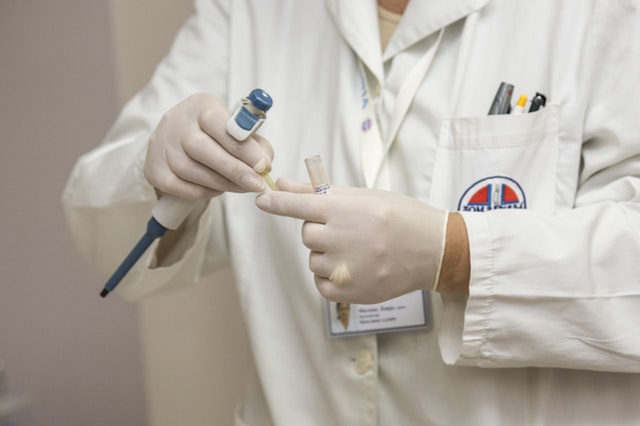Stem cells could help treat multiple sclerosis – but it’s still early days
Bruno Gran, University of Nottingham
Multiple sclerosis affects millions of people worldwide. It’s a neurological disease characterised by inflammatory lesions in the central nervous system (the brain and spinal cord) that cause damage to the myelin sheath – the protective layer around the nerve cells. This causes neurological dysfunction, such as muscle paralysis or loss of sensation. While some degree of spontaneous repair of the sheath occurs naturally, many patients accumulate irreversible disability.
There are two main types of MS, which have a different pattern of symptoms. There is primary progressive MS, a rarer form that affects 15% of patients who have no relapses and remissions, but suffer a slow worsening of symptoms. Then there is the most common form, relapsing-remitting MS, which affects 85% of patients. People with this form have relapses of symptoms that can last for some time before a remission period. And between a half and two thirds of patients with it are thought to go on to develop secondary progressive disease, in which MS-related disability becomes gradually more irreversible.
Available treatments for MS include injectable drugs, such as interferon-beta and natalizumab – which prevents some inflammatory immune cells from entering the brain and spinal cord where they can cause damage – and oral medications such as dimethylfumarate. Unfortunately all of these have limited if any efficacy in secondary progression, particularly in the advanced stages in which relapses no longer occur.
The cause of MS is unknown, but a number of the mechanisms of the disease are thought to be mediated by the immune system. Even in the absence of a cure, it is fair to say that more progress has been made in multiple sclerosis treatment in the last two decades than possibly in any other area of neurology. We are now able to offer useful treatment to many patients affected by the more common relapse-onset form of disease, but no effective treatment has yet been approved for use in primary progressive disease, given our more limited understanding of this type of disease process.
An experimental method
In the last two decades, a type of stem cell transplantation has received considerable attention as an experimental treatment for MS. Called autologous hematopoietic stem cell transplantation (HSCT), this method involves harvesting and freezing stem cells from bone marrow which are then reinfused into the patient.
Stem cells are mobilised from the bone marrow and then harvested and frozen, to be then reinfused into the same patient after their immune system has been almost completely eliminated by chemotherapy. Protocols for transplantation have been refined over the years, learning from those used in the treatment of certain blood cancers, which has led to reduced toxicity and fewer deaths using the technique. The main function of these stem cells is to reconstitute the now non-existent immune system, potentially rebooting it to an earlier, more naive stage of development which is thought to have preceded the pathological responses that led to MS in the first place.
Despite the interest, however, until now there has been little or no evidence that these stem cells actually repaired the nerve damage.
More trials are a good thing
Several small studies have been conducted in the last 20 years, leading to a strong suggestion that this method does work, but with limited power to determine true clinical benefit. Only one small controlled international trial has shown superiority of transplantation in reducing MS’ inflammatory lesions compared with mitoxantrone, a chemotherapeutic agent. So it is encouraging that a group led by Basil Sharrack, an experienced MS investigator, and John Snowden, an expert in the use of HSCT for the treatment of cancer, suggested considerable benefit for some people in Sheffield, in the UK, with relapsing-remitting MS who took part in the MIST international clinical trial.
Other participating centres are in the US, Sweden, and Brazil. Results are expected in 2018. This is exactly the type of clinical trial that is needed to identify the best transplant regime, and its relative efficacy and safety compared to other licensed therapies, including in particular, alemtuzumab, one of the licensed treatments for relapsing-remitting MS.
![]() In the meantime, understandable enthusiasm for a few encouraging but anecdotal cases must be tempered by the need to establish efficacy more rigorously and conclusively. Although at this time, HSCT does not have a place in the routine treatment of MS, the inclusion of selected patients in controlled trials conducted at established transplant centres is to be encouraged.
In the meantime, understandable enthusiasm for a few encouraging but anecdotal cases must be tempered by the need to establish efficacy more rigorously and conclusively. Although at this time, HSCT does not have a place in the routine treatment of MS, the inclusion of selected patients in controlled trials conducted at established transplant centres is to be encouraged.
Bruno Gran, Clinical Associate Professor, University of Nottingham
This article was originally published on The Conversation. Read the original article.



